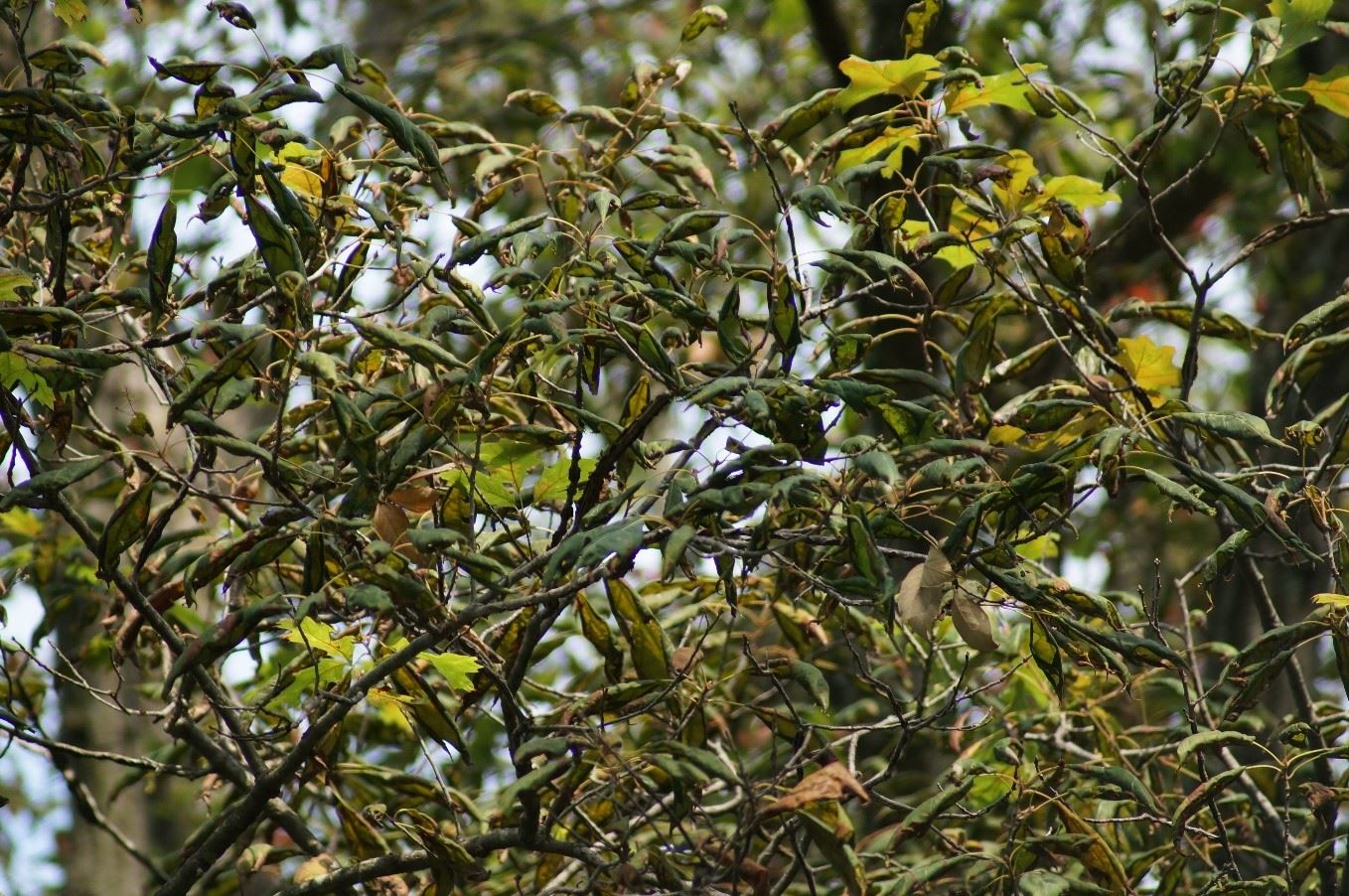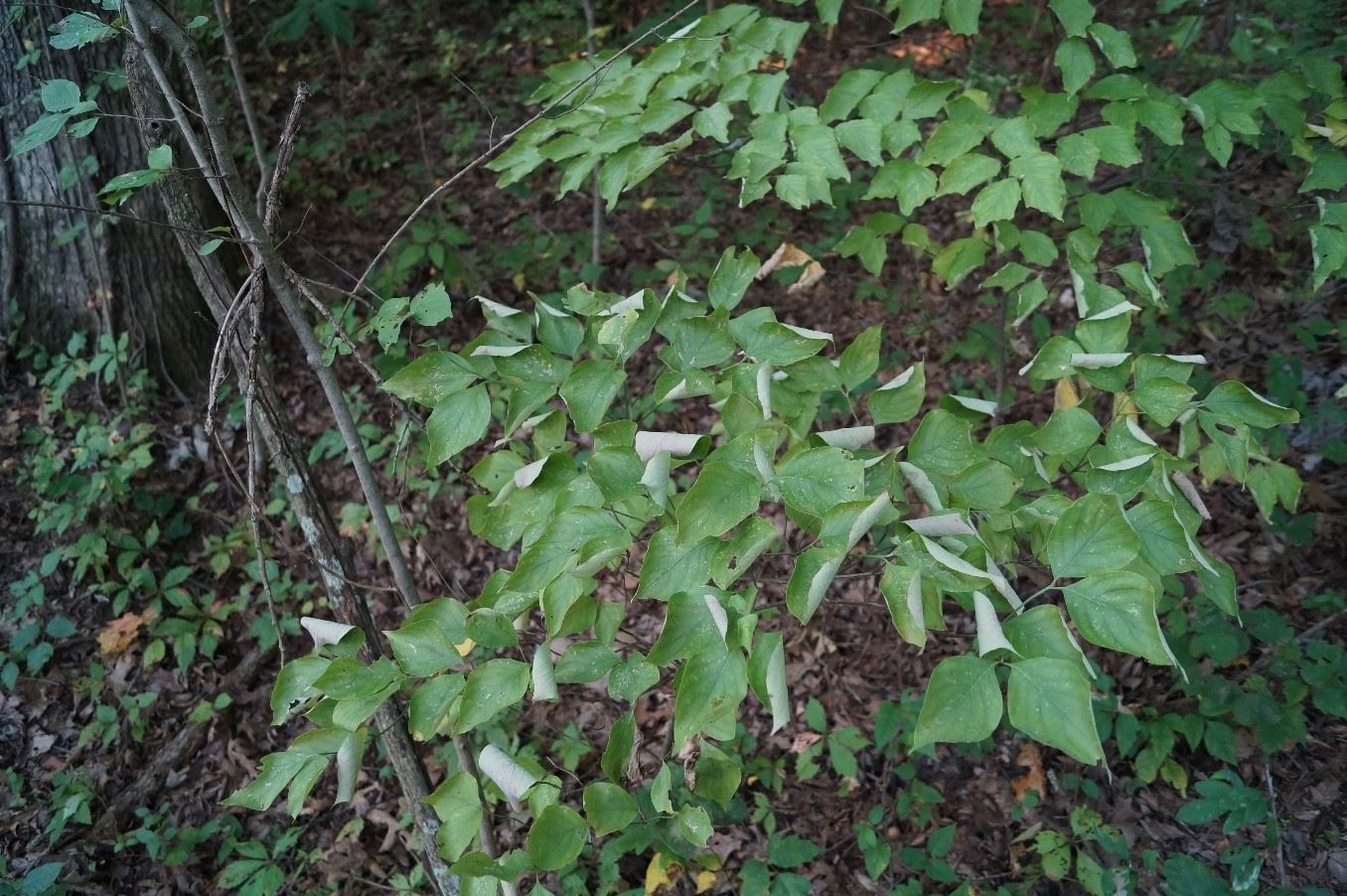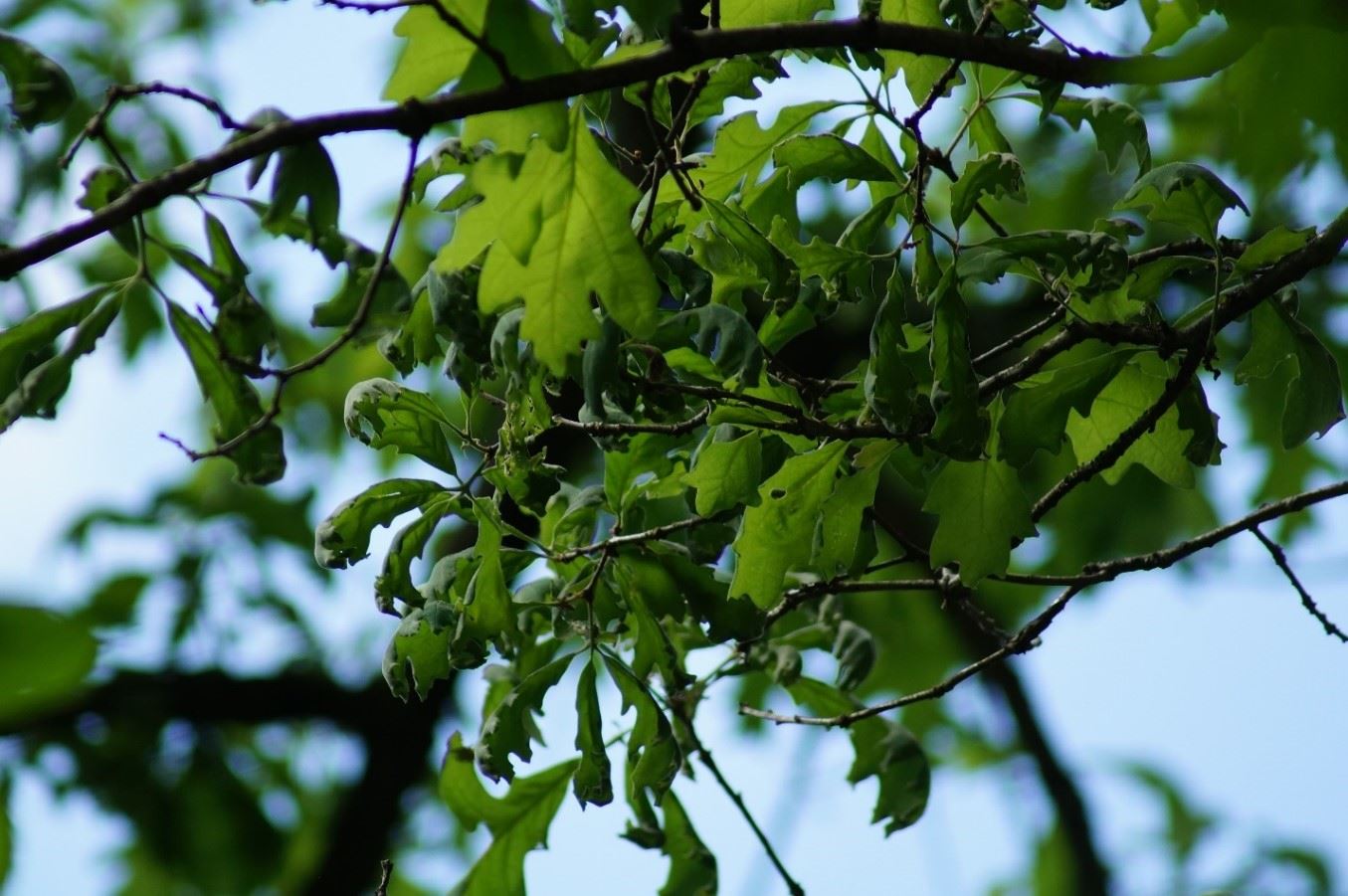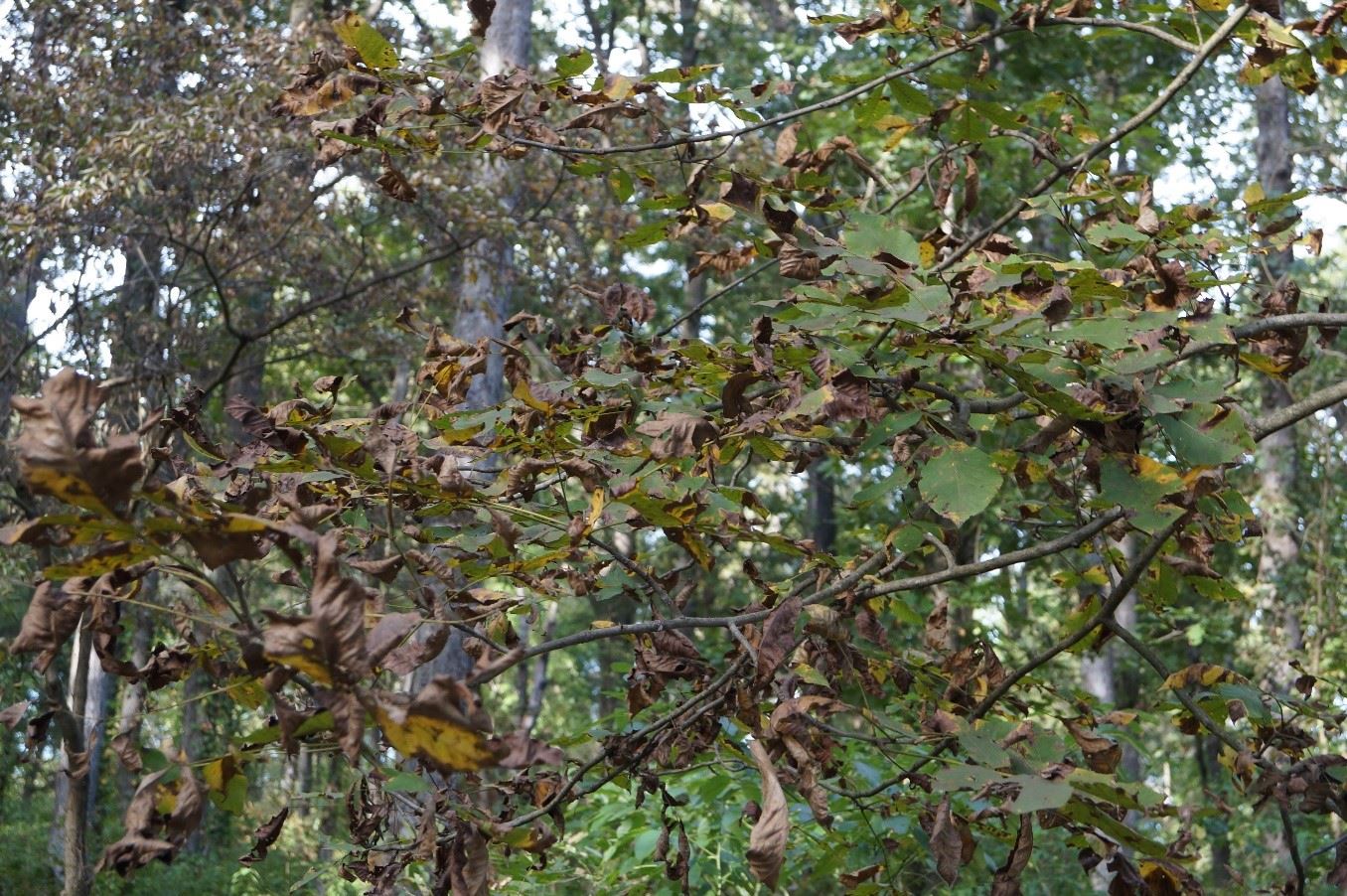The Illinois Forestry Association (IFA) is sharing this information in an effort to bring awareness to a serious threat to our trees and forests. "Herbicides can be effective tools for controlling unwanted weeds in the landscape". (Nebraska Forest Service) However, in recent years, IFA members have seen an alarming increase in unintended damage to trees and other landscape plants in multiple counties throughout our state from off-target herbicide exposure. Testing and analysis by Illinois Department of Agriculture (IDOA) and Illinois Department of Natural Resources (IDNR) representatives have confirmed the presence of chemicals including 2,4-D and dicamba in damaged foliage samples in multiple cases. This foliage damage appears to have contributed to a decline in health and increased mortality of many of our tree and plant species including, but not limited to oaks, elms, maples, redbud, honeylocust, hickories, flowering dogwood, and sycamores. |
About Trees Trees are essential to our ecosystem and as a renewable resource provide social, communal, environmental and economic benefits. We as humans could not survive without the process of photosynthesis during which trees convert carbon dioxide to oxygen. Photosynthesis is also essential in the life cycle of deciduous trees whereby leaves collect sunlight and turn it into nutrients that the tree uses for energy. It is safe to say that the health of a tree is directly dependent on the health of its foliage.What Are the Primary Symptoms of Herbicide Exposure?
Why is the Damage Occurring Now? In recent years with the emergence of weeds resistant to the glyphosate herbicides, applicators have significantly increased utilization of other chemicals including 2,4-D and dicamba for pre-emergent and post-emergent weed control. Many formulations of dicamba and 2,4-D (including the “low volatile” ester formulations) are prone to volatilization and drifting. Multiple factors affect volatilization, but higher temperature and lower humidity tend to favor increased volatilization. Unfortunately, under certain atmospheric conditions these chemicals can vaporize and drift considerable distances for several days after application. These chemicals are toxic to many tree species and can cause severe disfigurement of the leaves, which compromises photosynthesis. Toxicity combined with compromised photosynthesis can lead to reduced flowering, fruiting, nut production and growth, increased risk of disease and insect damage, and causes decline and even subsequent premature death of trees. What is Being Done? The Illinois Department of Natural Resources began studying and monitoring tree damage in 2018 and continues to gather facts and evidence to help resolve the problem. In the meantime, the IFA believes that through awareness and education additional damage to our forested lands and trees can be mitigated. | How Can Applicators Help Prevent Damage to Trees?
If you see something, say something. Pay particular attention to trees for foliage damage symptoms between mid-March through late May when they are developing leaves and are particularly vulnerable to herbicides. Once these symptoms develop, they are typically observable for the remainder of the growing season on "Damage from weather, insects, and diseases can be confused with herbicide damage". (Nebraska Forest Service) If you have trees exhibiting foliage damage, and want help in diagnosing the injury, please contact your county extension office https://extension.illinois.edu or local IDNR forester https://www2.illinois.gov › dnr › conservation › Forestry. Contacting IDNR may not always result in a site visit. However, district foresters are likely to provide a form that can be filled out and returned. District foresters will keep track of these forms and attempt to see some affected sites as time permits. If you believe your property has been damaged by pesticide misuse, call the IDOA’s Bureau of Environmental Programs at 1-800-641-3934 (voice and TDD) or 217-785-2427 for a complaint form or visit their website at https://www2.illinois.gov/sites/agr. Individuals with specialty crops or timber property are encouraged to register with Fieldwatch https://driftwatch.org to alert applicators of their sensitive crops. FieldWatch is a non-profit company with a Google Maps based registry built to enhance communications that promote awareness and stewardship activities between producers of specialty crops, bee keepers and pesticide applicators. Their mapping tools are FREE for use, and all areas mapped in their registries have oversight by each given state / province or area in which they are mapped. |
Thinning Canopy | Twisted, Curled Leaves | Cupped Leaves |
Cupped Leaves | Stunted Leaf Growth/Cupping | Foliage Damage |
Literature Cited: Nebraska Forest Service - Herbicide Damage to Trees |







